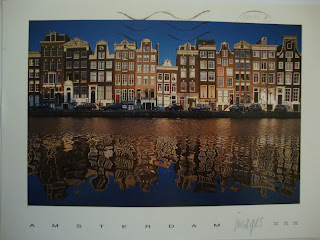
Caernarfon Castle
Caernarfon Castle (Welsh: Castell Caernarfon) is a medieval building in Gwynedd, north-west Wales. There was a motte-and-bailey castle in the town of Caernarfon from the late 11th century until 1283 when King Edward I of England began replacing it with the current stone structure. The Edwardian town and castle acted as the administrative centre of north Wales and as a result the defences were built on a grand scale. There was a deliberate link with Caernarfon's Roman past – nearby is the Roman fort of Segontium – and the castle's walls are reminiscent of the Walls of Constantinople.
In 1986, Caernarfon was added to the UNESCO list of World Heritage Sites as part of the "Castles and Town Walls of King Edward in Gwynedd" in recognition of its global importance and to help conserve and protect the site. The castle houses the Royal Welsh Fusiliers Museum.











































